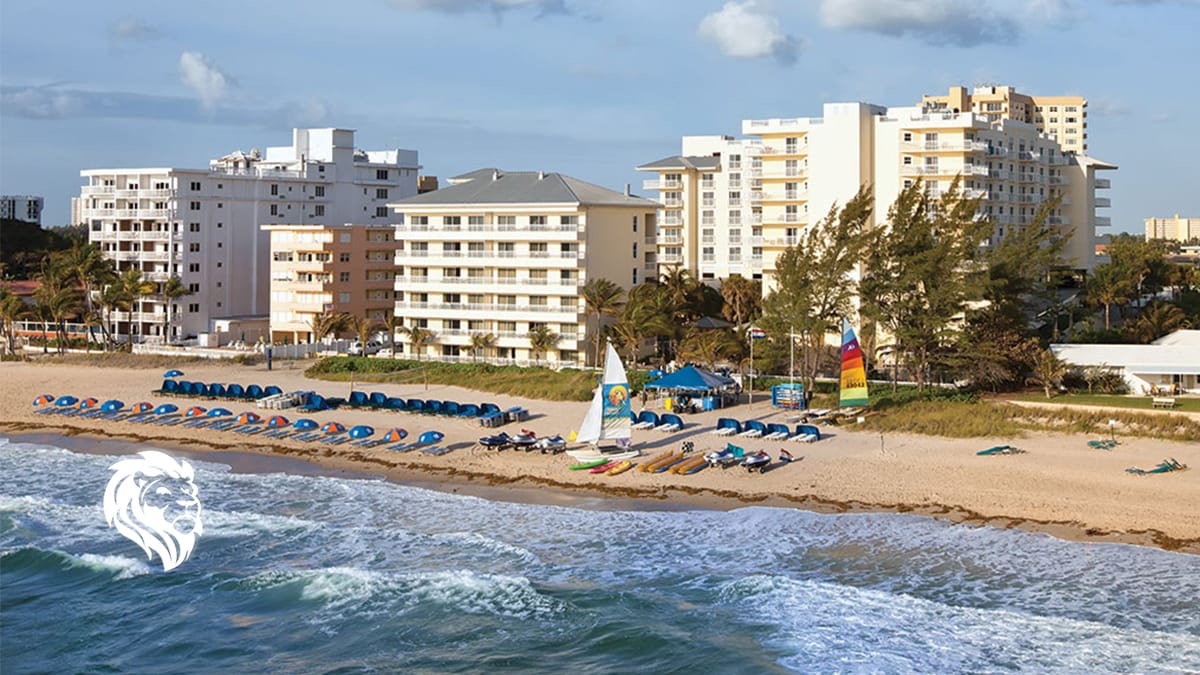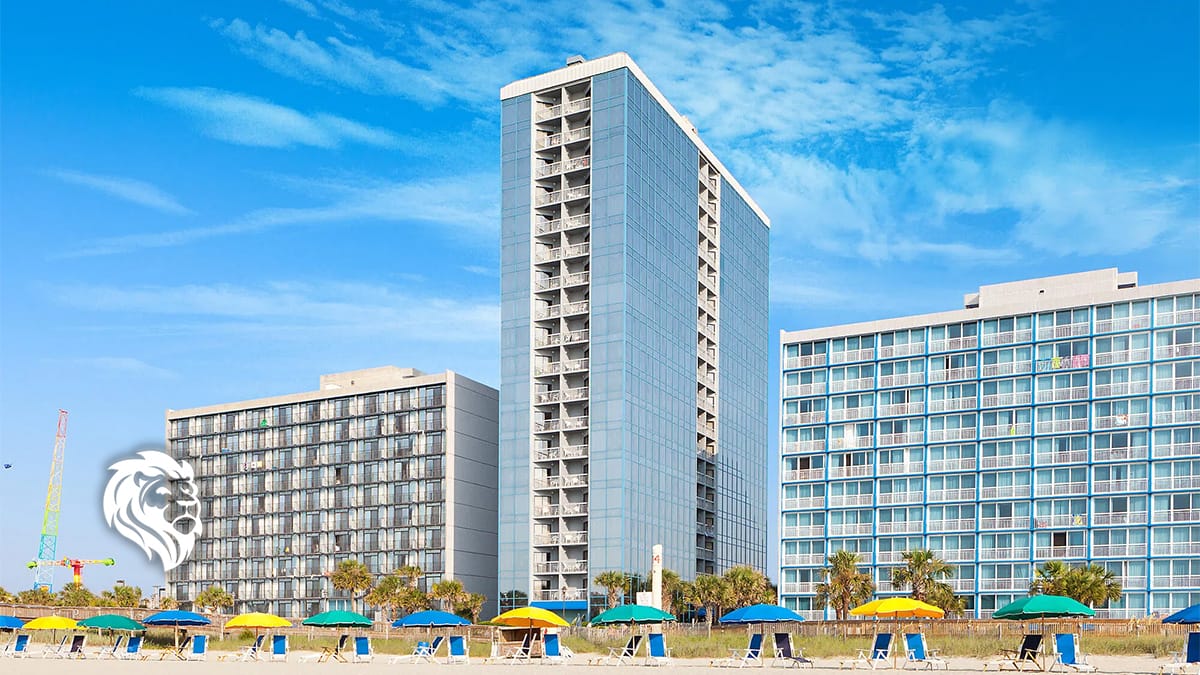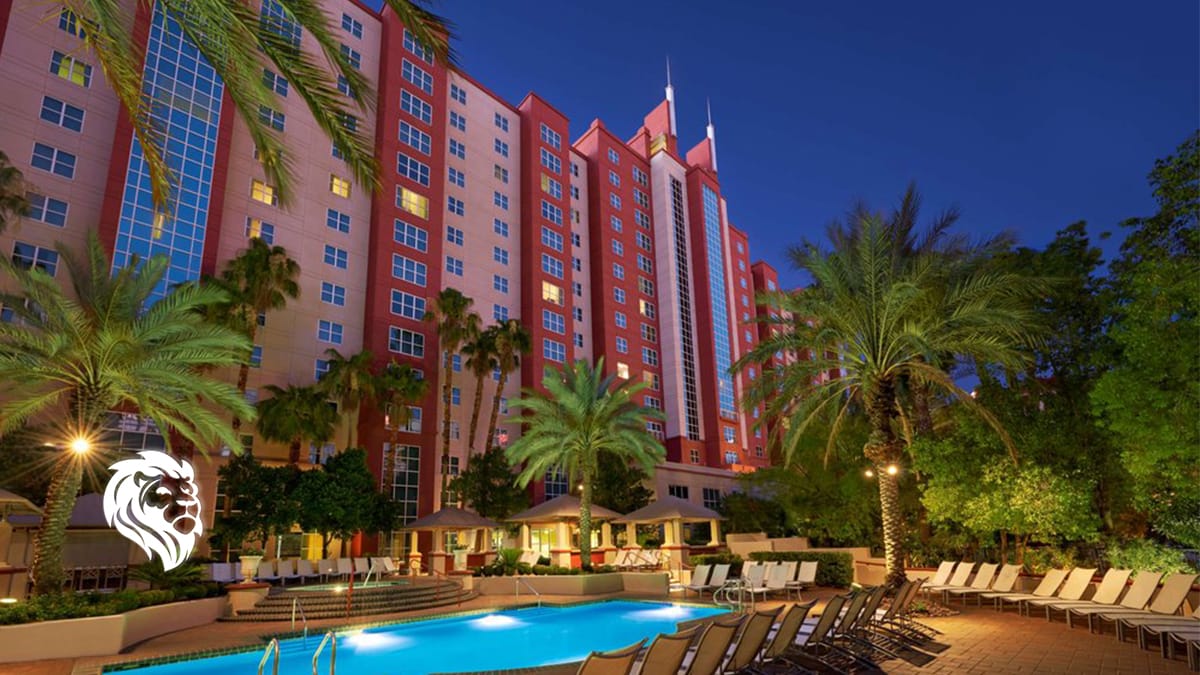Are you curious about vacation ownership with Bluegreen Vacations? Since 1966, Bluegreen Vacations has slowly evolved into a leading vacation club brand. Today, they offer unforgettable vacations to over 220,000 members worldwide, spreading the belief that vacations have an undeniably positive effect on our overall health and happiness. If you agree, you’ll want to keep reading. As with anything, there are pros and cons to Bluegreen ownership. However, if you value breaking the routine and having new, exciting experiences, then we believe you’ll find the true value in ownership. Keep reading to explore the pros and cons of Bluegreen Vacations, and decide for yourself!
About Bluegreen Vacations

Ready to visit exciting new places with the people you love? Then vacation with Bluegreen Vacations (now a part of Hilton Grand Vacations). Bluegreen features a diverse portfolio of resorts in 40+ destinations across the U.S. and the Caribbean. They consistently deliver high-quality experiences, from hospitality to amenities, to spacious condo and villa accommodations. But more on this later.
With more than sixty resorts, Bluegreen offers stays in some of America’s favorite vacation hotspots, including Florida’s sun-soaked beaches, Tennessee’s scenic mountains, and the excitement of Nevada. Guests enjoy access to a range of top-notch facilities such as sparkling swimming pools, fully equipped fitness centers, and on-site restaurants—ensuring every trip feels both comfortable and memorable. Continue reading about the pros and cons of Bluegreen Vacations to see why hundreds of thousands of travelers choose Bluegreen and why you should too.
Pros of Bluegreen Vacations
When it comes to the pros and cons of Bluegreen Vacations, you’ll find that the pros vastly outweigh the cons. From a greater variety of vacations to comfortable, home-like accommodations to a flexible points system, Bluegreen Vacations earns its reputation as a favorite vacation club brand.
Flexible Points System
Say goodbye to the traditional timeshare model; Bluegreen Vacations works a little differently. Instead of staying at the same resort during a specific week each year, Bluegreen owners purchase points that are used as vacation currency to book their dream vacations. This flexible, points-based system allows owners to choose when, where, and how they vacation. Once a new owner purchases their set amount of Bluegreen points, they can use them to book multiple mini vacations throughout the year or more extended vacations less often. However, owners still choose a home resort and receive priority booking at this resort. The number of points an owner needs for a vacation depends on the resort season, length of stay, and villa size. Points can even be banked and saved for the next year to take a long-awaited vacation! So, for the pros and cons of Bluegreen Vacations, we’d say this is an unbeatable pro.
Why Flexibility Matters
One of the biggest advantages for Bluegreen owners is this flexibility. The points-based nature of ownership opens up a wide range of destinations and accommodation styles—so you’re not limited to the same place or room type year after year. Whether you want a cozy studio for a romantic weekend or a spacious multi-bedroom villa for the whole family, the points system lets you tailor each trip to your unique vacationing style.
With Bluegreen’s approach, you get the power to plan vacations your way—whether that means quick getaways throughout the year or saving up points for that one big, unforgettable trip. This modern take on vacation ownership is designed to fit today’s travelers, making it a standout pro among the many benefits Bluegreen offers.
Great Variety of Destinations

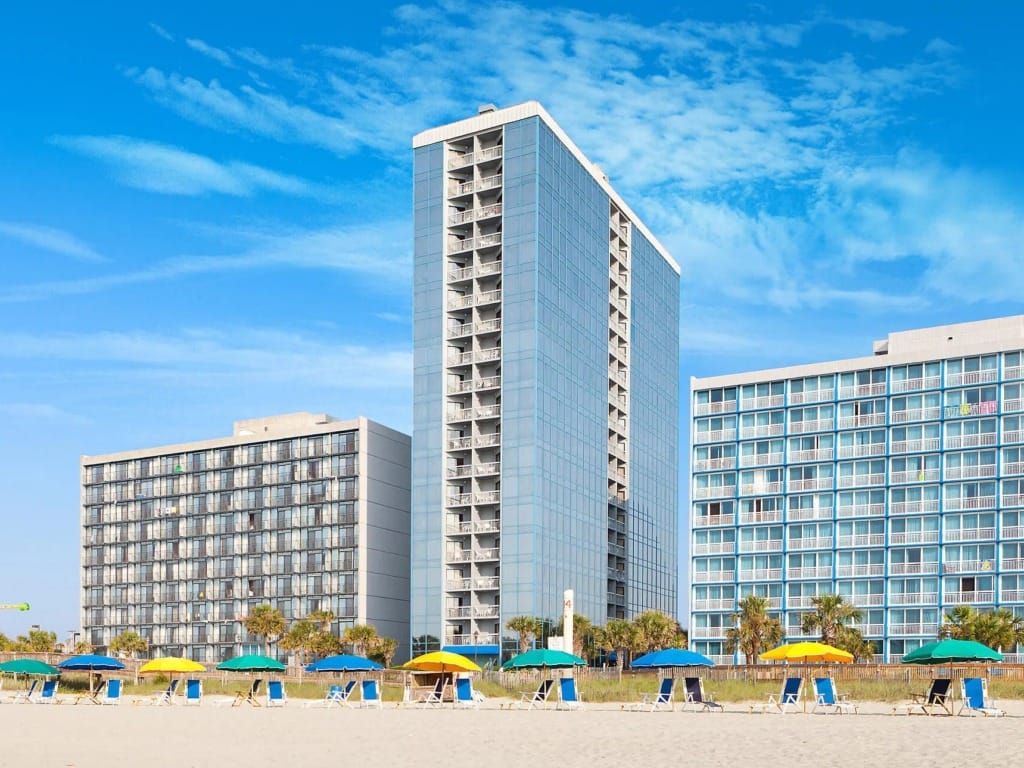
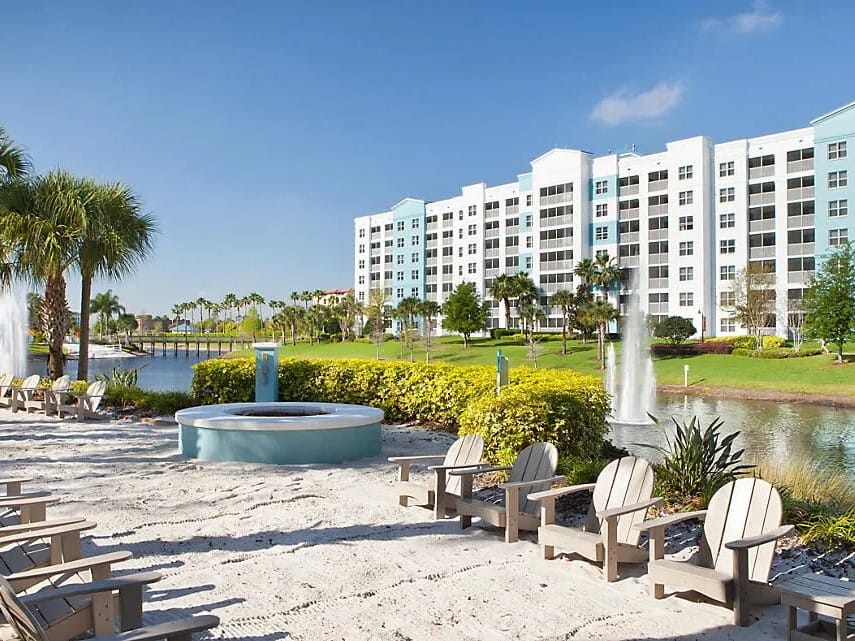
Another pro among the pros and cons of Bluegreen Vacations is the diverse resort portfolio. Bluegreen boasts over 40 vacation destinations in the U.S. and Caribbean. From Big Bear Lake, California, to New Orleans, Louisiana, there’s a Bluegreen resort (or ten . . . or twenty) for you. So, there’s no staying at the same resort destinations each year–unless you want to. You’re free to explore cozy mountain cabins, luxurious resorts on the beach, charming hideaways in historical cities, and so much more. In fact, Bluegreen breaks down its resorts into themed collections, from which you can choose your ownership. So, if you prefer beach vacations, stick with the Lighthouse Collection. Love nature? Consider ownership with the Great Outdoors Collection. Explore collections below:
- Lighthouse Collection: Discover seaside escapes on beautiful white sand beaches.
- Cityscape Collection: Explore exciting cities, big and small.
- Amusement Collection: These resorts are minutes away from theme parks.
- Great Outdoors Collection: Reconnect with nature at these wilderness locations.
- Heritage Collection: Explore resort destinations in places with rich culture and history.
Vacation Exchange with RCI
If, for any reason, you grow tired of Bluegreen’s extensive resort portfolio, don’t worry. Bluegreen Vacations is partnered with RCI, the world’s leading vacation exchange network. This partnership allows Bluegreen owners to trade in their points for a stay at one of RCI’s 4,300+ resorts in over 100 countries. How’s that for variety? This collection includes resorts from other top brands, including Wyndham Destinations and Hilton Grand Vacations. Simply become an RCI member, upload your points, and see where you can vacation.
RCI’s worldwide reach means Bluegreen owners aren’t limited to the U.S. and Caribbean. You can swap your Bluegreen points for getaways in Europe, Asia, South America, or practically anywhere your sense of adventure takes you. This opens the door to thousands of new vacation possibilities, whether you’re dreaming of sipping espresso in an Italian piazza, exploring castles in Scotland, or relaxing on a secluded tropical beach far from home. With RCI, the likelihood of discovering your next favorite destination is stronger than ever.
Comparing Bluegreen to Other Vacation Clubs
It’s only natural to want to see how Bluegreen stacks up against other vacation ownership options. Here’s what you need to know:
- Resort Network: Bluegreen boasts a network of more than 60 resorts—a strong portfolio that offers plenty of variety. However, brands like Marriott Vacation Club and Hilton Grand Vacations have even larger selections, which is worth considering if sheer number of destinations is your top priority.
- Points System: Bluegreen’s flexible points-based system is a major win for owners, but it’s not unique in the industry. Several leading vacation clubs offer similar points programs. Before you buy, compare the fine print—look at how points are allocated, what flexibility you get, and whether unused points can be rolled over or borrowed for future trips.
- Cost Comparison: While Bluegreen timeshares are often competitively priced, value-conscious buyers should always compare the overall cost of ownership—including purchase price, annual maintenance fees, and possible exchange network dues—across vacation clubs. Sometimes, a lower upfront cost may mean higher recurring expenses, so take a close look at the numbers.
Hilton’s Acquisition May Provide New Future Experiences
In 2024, Hilton Grand Vacation acquired Bluegreen Vacations, expanding its ever-growing portfolio to over 220 resorts. But what does this mean for Bluegreen owners? Nothing as of yet. However, in the future, this acquisition may provide even greater vacation variety to Bluegreen owners who upgrade to Hilton’s membership programs. Learn more about the acquisition here, or discover the perks of Hilton membership.
Cons of Bluegreen Vacations
As with all big purchases, there are cons to Bluegreen Vacations ownership. We’ll detail them below. But don’t let these cons scare you; there is a way around the financial burden of ownership: resales! Learn more about the cons of ownership and how you can avoid high price tags.
High Price Tag

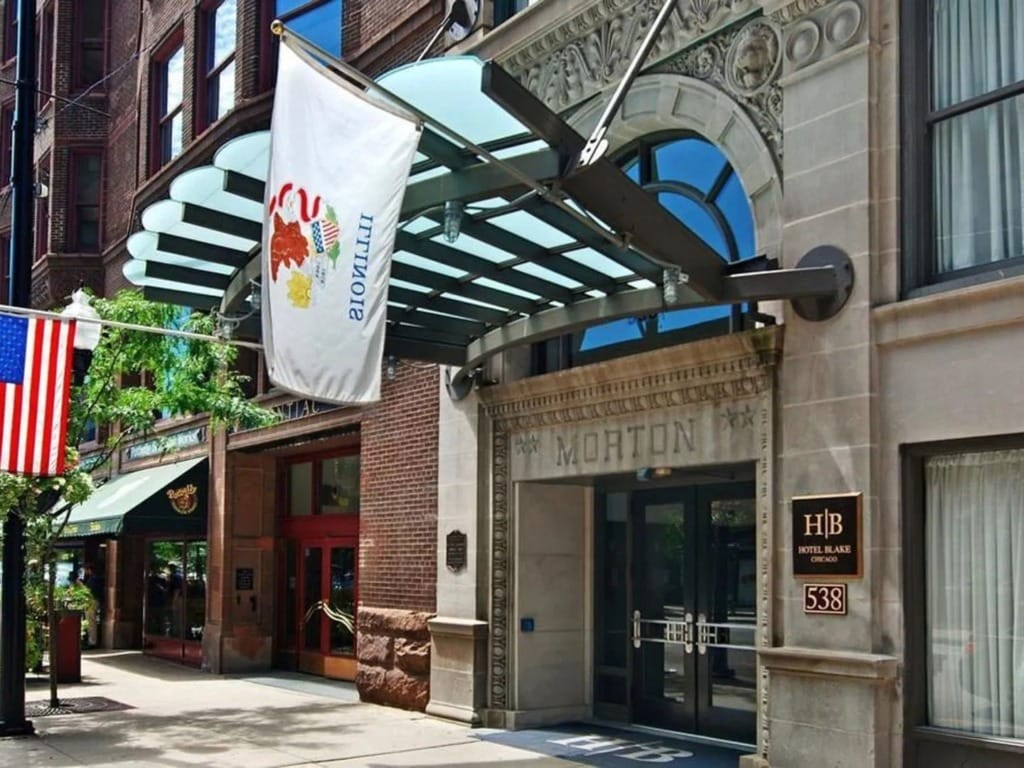
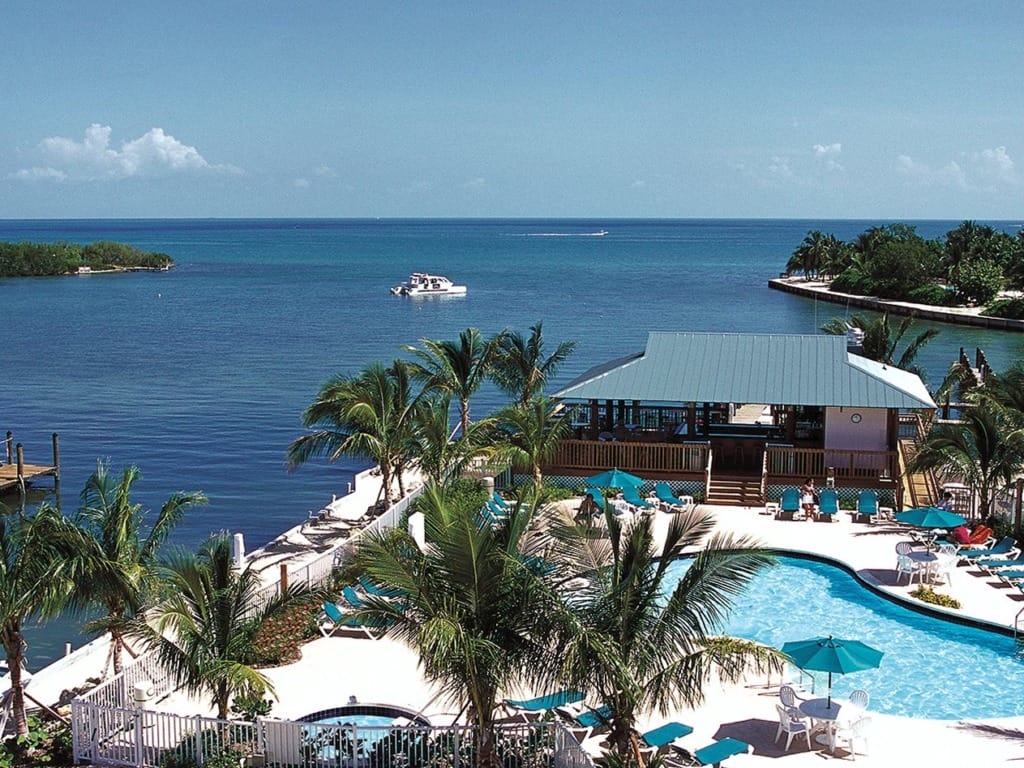
Of course, the initial purchase price of any timeshare is often the biggest turnoff to new buyers. According to ARDA, the average upfront cost of a timeshare is around $24,000. Yikes. Not exactly easy on the pockets. Like a mortgage payment to a house, there is a financial obligation with timeshares. Of course, timeshare financing is almost always available to new owners to help ease the burden of a high purchase price on your fixed income.
The price of a Bluegreen property largely depends on how many points you purchase, your home resort, the unit size, the season of use, and other factors. For example, an ownership at Bluegreen’s Pono Kai Resort in Hawaii most often costs more than an ownership at the Parkside Williamsburg Resort in Virginia or The Cliffs at Long Creek in Missouri. Make sense? Yet, there is a way to save thousands on your ownership, and that’s with Bluegreen timeshare resales. Either way, it’s important to remember that when you buy a Bluegreen timeshare, you are paying for a lifetime of future vacations in advance. This should help you more carefully weigh the pros and cons of Bluegreen Vacations.
Annual Maintenance Fees and Dues
According to ARDA, the average cost of annual maintenance fees typically ranges from $800 to $1,200. So, it’s not exactly cheap. In addition to your initial purchase price, these maintenance fees are a yearly requirement for all owners and are used for the general upkeep of the resort—which includes everything from landscaping the grounds, keeping the pool sparkling, and paying staff, to updating rooms and adding shiny new amenities.
The cost of maintenance fees is largely dependent on the resort location, property type, and service level of the resort. For many owners, fees can fall anywhere from $500 to $1,000 annually, but don’t be surprised if they creep up over time—costs can increase as the resort ages or as inflation rises. You are essentially paying to keep the resort modern and up to standards. Who wants lower quality rooms and shabby amenities, right? Maintenance fees (and annual dues) are a necessary part of vacation ownership, and all vacation club brands require them, not just Bluegreen Vacations.
While annual maintenance fees might sting a little, they’re what keep your home-away-from-home looking fresh and feeling luxurious year after year.
Calculate the Total Cost
Before you sign on the dotted line, be sure to look at the big picture. The true cost of vacation ownership isn’t just the upfront price tag. Add together the initial purchase price, your annual maintenance fees, and any other expenses that come along for the ride—think closing costs, club dues, exchange program fees, and even the occasional special assessment. This comprehensive calculation gives you a realistic view of what you’ll be committing to over the years, not just what’s due on day one.
Bluegreen Timeshares Are Not an Investment
Last but not least, it’s important you know that a vacation ownership with Bluegreen Vacations is not a financial investment. Like a car, a timeshare is a depreciating asset. It is unlikely you will get back what you paid for it, should you decide to sell it on the secondary market. However, a Bluegreen timeshare, like any timeshare, is an investment in your happiness. The joy and memories made through routine vacations is invaluable and surely worth the price tag, especially when you’re securing today’s rates.
However, a Bluegreen timeshare, like any timeshare, is an investment in your happiness. The joy and memories made through routine vacations is invaluable and surely worth the price tag, especially when you’re securing today’s rates.
Weighing the Pros and Cons of Bluegreen Vacations
So, have you weighed the pros and cons of Bluegreen Vacations? There’s a lot to consider. But before you make a decision, you’ll want to learn about the benefits of timeshare resales. See what current owners are saying, as well as how you can save on ownership below.
What Real Bluegreen Owners Are Saying
Curious what it’s actually like to own a Bluegreen timeshare? Real owner feedback paints a pretty clear picture—there’s a lot to love, and a few things to watch out for.
On the plus side, Bluegreen gets plenty of high marks for resort quality, especially at sought-after properties like Pono Kai in Hawaii. Many owners rave about the variety of destinations, the pristine accommodations, and the flexibility of the points system. They enjoy picking new vacation spots each year and say the flexibility makes it easy to plan trips that fit their schedules.
Some Bluegreen owners mention a few pain points—chief among them, maintenance fees. There are also occasional grumbles about how competitive it can be to book popular resorts during peak travel seasons. So, while the experience can be fantastic, a little planning ahead (and budgeting for annual dues) goes a long way.
In the end, most owners agree: if you value memorable vacations and can handle the yearly costs, a Bluegreen timeshare can deliver a lot of happiness and adventure for the price.
Key Considerations Before Buying a Bluegreen Timeshare
While the resale market offers substantial savings, it’s still important to look at the bigger picture. Here are some points to keep in mind as you decide if Bluegreen is the right fit for you:
- Upfront and Ongoing Costs: Timeshares are a major purchase. Bluegreen timeshares originally sell for $10,000 to $50,000, and annual maintenance fees typically range from $800 to $1,200. Of course, you can always save on your initial purchase with resale. Make sure to factor these numbers into your long-term vacation budget.
- Your Vacation Habits: Ask yourself how often you vacation, which destinations appeal to you, and whether you’ll use your timeshare enough to justify the cost. The Bluegreen points system is flexible, but planning ahead is key—especially for peak seasons and popular locations.
- Maintenance Fees: These annual charges cover resort upkeep, staff salaries, and new amenities, but they do add up. Potential increases in fees are possible.
Save Money with Bluegreen Timeshare Resales
In the past, timeshares caused significant financial strain on new owners who bought directly from the developer, as we mentioned before. However, you can avoid this financial burden when you buy off the secondary market. It’s true! You can find Bluegreen Vacations timeshares for a fraction of the cost on Fidelity Real Estate’s resale market. This means thousands of dollars remain in your pocket, and you get to take unforgettable vacations year after year. What’s not to love? At Fidelity, our licensed real estate agents don’t use deceitful sales tactics. We focus solely on your vacation preferences to help you find and secure your dream ownership. Browse Bluegreen resales below!
Become a Bluegreen Owner with Fidelity Real Estate

So, if you’ve considered the pros and cons of Bluegreen Vacations and are ready to become an owner, you’ve come to the right place. For over twenty years, Fidelity Real Estate has helped people like you buy and sell timeshares on the resale market. We are dedicated members of ARDA and have an A+ rating with the BBB, so you can trust us to handle your business with care. With Fidelity, there are no misleading sales tactics, sales presentations, hidden fees, or lengthy sales pitches. Our licensed real estate agents are ready to help make your vacation dreams a reality. So, give us a call at 1-800-410-8326 or email us at [email protected]. We are happy to answer any questions you may have.
Sell Your Bluegreen Timeshare with Fidelity Real Estate
Finding yourself second-guessing your Bluegreen timeshare purchase? You’re not alone. Many owners find that life circumstances change, vacation habits shift, or financial obligations simply become a bit too tight. If you’re considering releasing your ownership, you do have options.
Here’s what you should know before making a move:
- Review Your Contract: Every timeshare agreement is a little different. Look over your contract for specifics about cancellation windows, exit clauses, or stipulations about resale or transfer.
- Contact Bluegreen Directly: Start by reaching out to Bluegreen Vacations. Some developers offer in-house solutions or official exit programs that could simplify the process for you.
- Consider the Resale Market: Reselling your timeshare on the secondary market, such as through a licensed real estate broker like Fidelity Real Estate, may help recoup a portion of your purchase, though keep in mind timeshares depreciate in value.
If you’d like to get started on selling your Bluegreen ownership on the resale market, fill out the form below!




